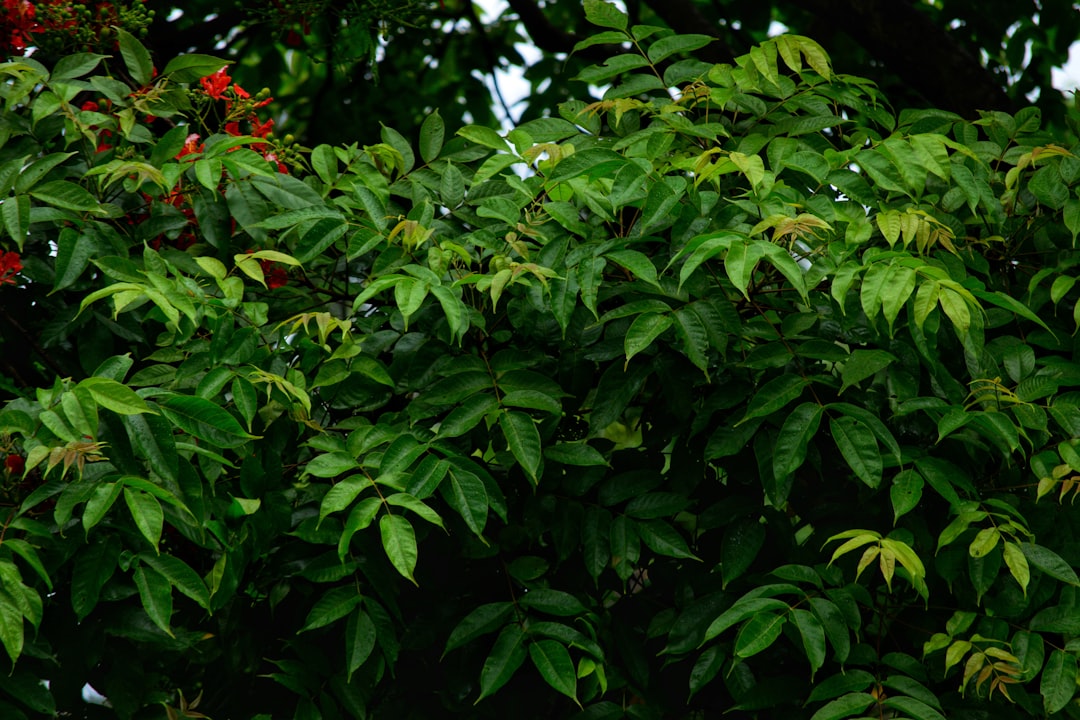Unveiling Winter's Hidden Landscape Gems

When the chill of winter sets in and the ground is blanketed with snow, many might think that the landscape loses its allure. However, a stunning landscape is not only possible but can be truly magical during these cold and snowy months. In this article, we'll explore how to make the most of the season's unique beauty, focusing on elements like interesting bark, colorful berries, and other winter - specific features.
Let's start with the bark of trees and shrubs. In winter, when leaves have fallen, the bark becomes a prominent feature. Some trees, such as the paperbark maple, have exfoliating bark that peels away in thin, papery layers, revealing a warm, cinnamon - colored inner bark. This creates a visually appealing texture that stands out against the white snow. The river birch is another great example. Its bark has a peeling quality too, with a combination of salmon - pink and creamy white colors. By strategically placing these trees in your landscape, you can add a touch of elegance and interest.
Colorful berries are another winter wonder. Holly is a classic choice. Its bright red berries are a symbol of the holiday season and add a pop of color to the otherwise muted winter palette. The American holly has large, spiny leaves and clusters of vibrant red berries that can last well into winter. For a more unique look, consider the winterberry. Unlike traditional holly, winterberry is deciduous, which means it loses its leaves in the fall, leaving behind only the bright red berries on bare branches. This creates a striking contrast and can be a focal point in your landscape.
Ornamental grasses also play an important role in winter landscapes. Many varieties, such as miscanthus, turn golden - brown in the fall and maintain their shape throughout winter. The plumes of these grasses sway gently in the winter breeze, adding movement and a sense of softness to the landscape. They can be planted in groups to create a natural - looking border or as standalone specimens for a more dramatic effect.
Evergreens are, of course, a staple in winter landscapes. Conifers like spruces, pines, and firs provide year - round greenery. Their dense foliage not only adds color but also offers shelter for birds and other wildlife. The blue spruce, with its silvery - blue needles, is a popular choice for its unique color. Arborvitae, on the other hand, are known for their columnar shape and can be used to create privacy screens or hedges.
When planning your winter landscape, it's important to consider the overall layout. Use a variety of heights and textures to create depth. Place taller trees and shrubs in the background and shorter plants in the foreground. This will give the landscape a three - dimensional look. You can also incorporate hardscaping elements, such as stone pathways or a small patio. The contrast between the cold, hard stone and the soft, natural elements of the plants can be very appealing.
Lighting is another aspect that can transform a winter landscape. String lights can be wrapped around trees and shrubs to create a warm, inviting glow. Solar - powered lights are a great option as they are energy - efficient and easy to install. You can place them along pathways or around focal points like a group of berry - laden shrubs. This not only enhances the beauty of the landscape at night but also makes it safer to navigate.
Don't forget about water features. A small pond or a fountain can be a beautiful addition to a winter landscape. In cold weather, the water may freeze, creating interesting ice formations. You can also add a de - icer to keep a small area of the water open, which will attract birds and other wildlife. The sound of running water, even if it's just a trickle, can add a soothing element to the otherwise quiet winter landscape.
Finally, maintenance is key to keeping your winter landscape looking its best. Regularly remove snow from branches to prevent damage. Prune any dead or damaged branches during the winter months when the plants are dormant. This will not only improve the appearance of the plants but also promote healthy growth in the spring.
In conclusion, winter offers a unique opportunity to create a stunning landscape. By focusing on elements like interesting bark, colorful berries, ornamental grasses, evergreens, and incorporating hardscaping, lighting, and water features, you can transform your outdoor space into a winter wonderland. With proper planning and maintenance, you can enjoy the beauty of your landscape throughout the cold and snowy season.